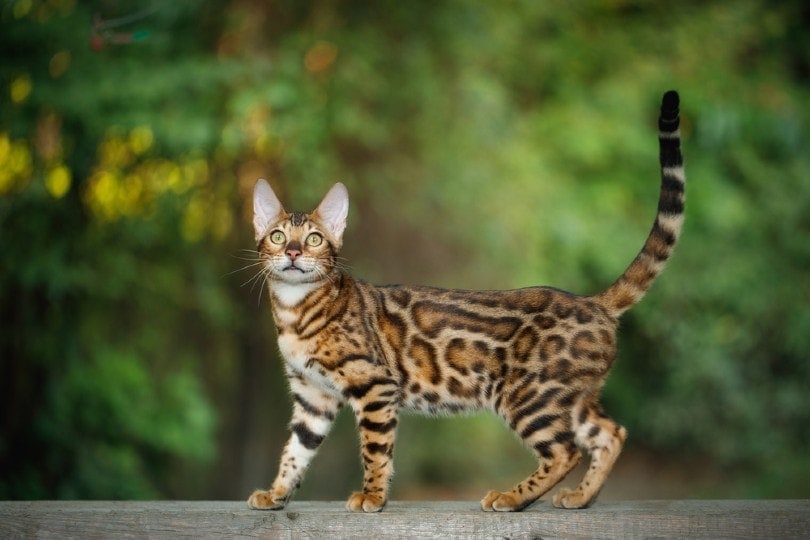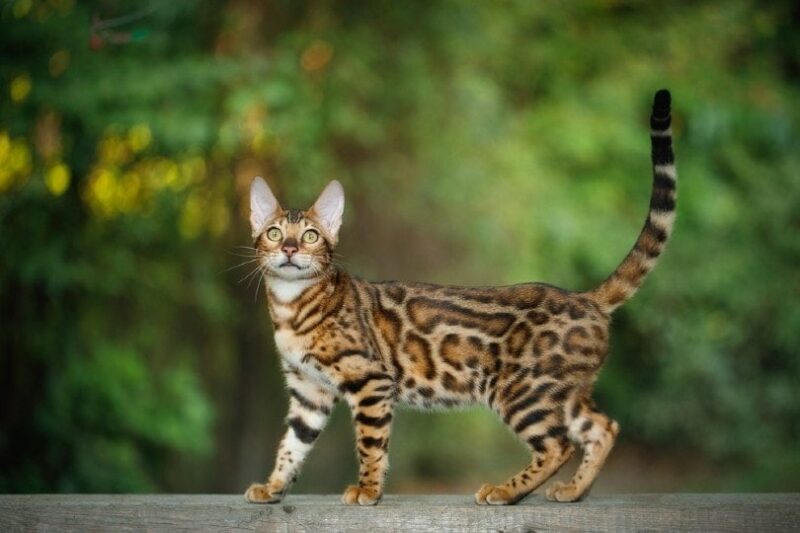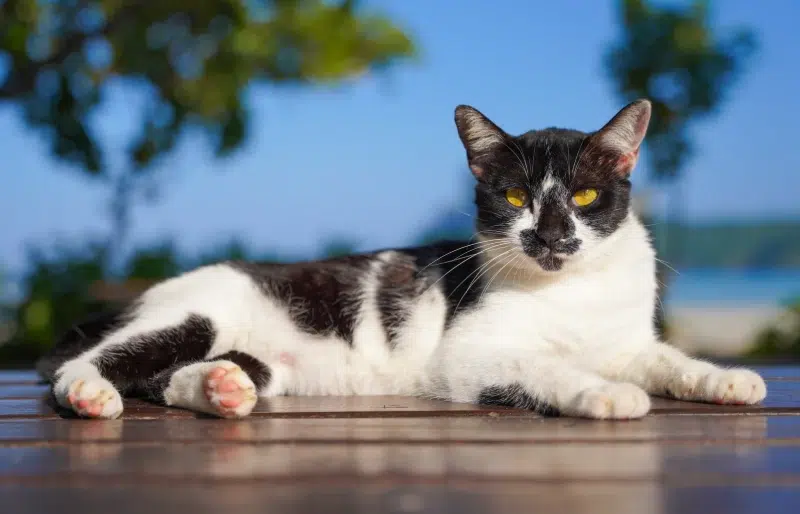Click to Skip Ahead
Bengal cats became an extremely popular pet starting in the early 2000s and are still popular to this day. They are stunning creatures with gorgeous markings that are some of the most unique you’ll find in a cat.
Since the cats have an Asian Leopard parentage, their colors, markings, and spots are unique. You’re probably curious about this regal breed if you’re considering purchasing a Brown Bengal Cat to give a forever home.
We’ll give you the facts, origins, history, and much more on the Brown Bengal Cat below.

The Earliest Records of Brown Bengal Cat Breed in History
The earliest mention of the Bengal was in 1889, when author Harrison Weir mentioned the breed in his book Our Cats and All About Them. After that, the cat wasn’t mentioned again until 1924, when it was discussed in a scientific journal in Belgium.
However, the cats discussed in the early works are much different than the current Bengals. The modern breed, like the Brown Bengal Cat, is produced from two other Bengal cats instead of being a crossbreed between a domestic housecat and an Asian Leopard. The modern Bengal was bred by Jean Mill of California and is the cat you know and love today. There are a few breeders who still crossbreed the Asian Leopard with housecats.
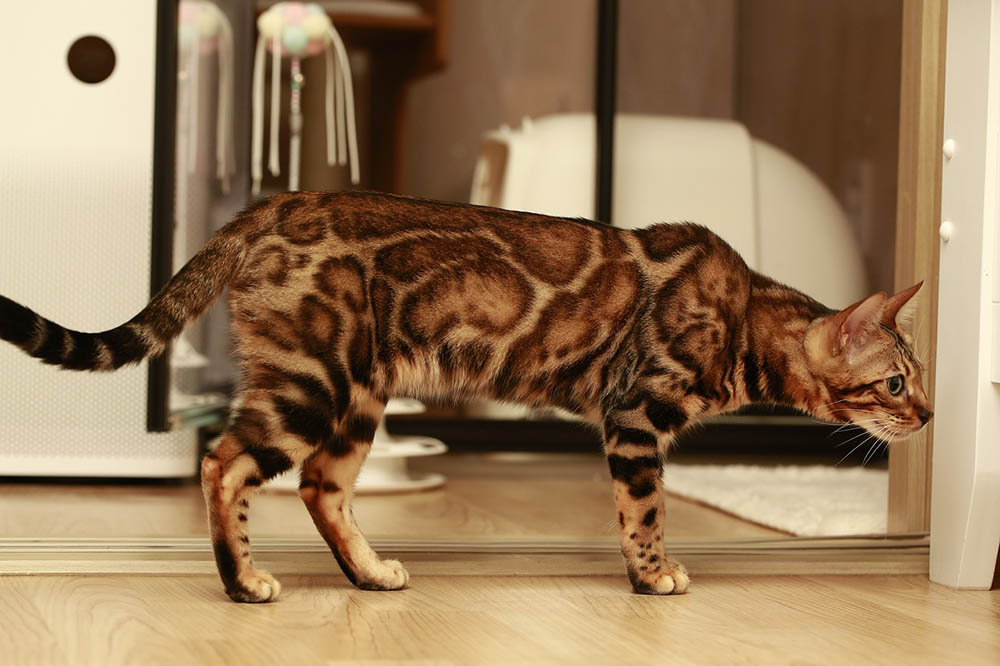
How the Brown Bengal Cat Breed Gained Popularity
Bengal Cats are smart, fast, and active, making them some of the most popular cat breeds. The Brown Bengal Cat is the most popular version of the breed, with its brown body and unique spots. Some believe the popularity of the Cincinnati Bengals raised the popularity of the Bengal cat as well.
Formal Recognition of Brown Bengal Cat
The Bengal cat breed was recognized by The International Cat Association in 1986, but only as an experimental version. It wasn’t until 1993 that the Bengal was recognized fully, and then it was recognized by the Cat Fancier’s Association in 2016.
It’s now recognized as an official cat breed by the Cat Fancier’s Association, Canadian Cat Association, United Feline Organizations, and the Governing Council of the Cat Fancy.

Top 5 Unique Facts About The Brown Bengal Cat
Now that you know a little bit more about the Brown Bengal cat and the Bengal Cat Breed in general, you might be interested to know a few unique facts about the feline that you’ve never heard before.
1. Bengals Are Not Immune to Feline Leukemia
One of the biggest myths about Bengal cats is that they are immune to feline leukemia. This is sadly untrue. Asian Leopard cats may have partial resistance to the disease, which is why many pet owners feel they don’t have to take precautions with their Bengals.
None of the wild cat’s resistance has been passed down through the generations, and your Bengal can get feline leukemia just like other cats.
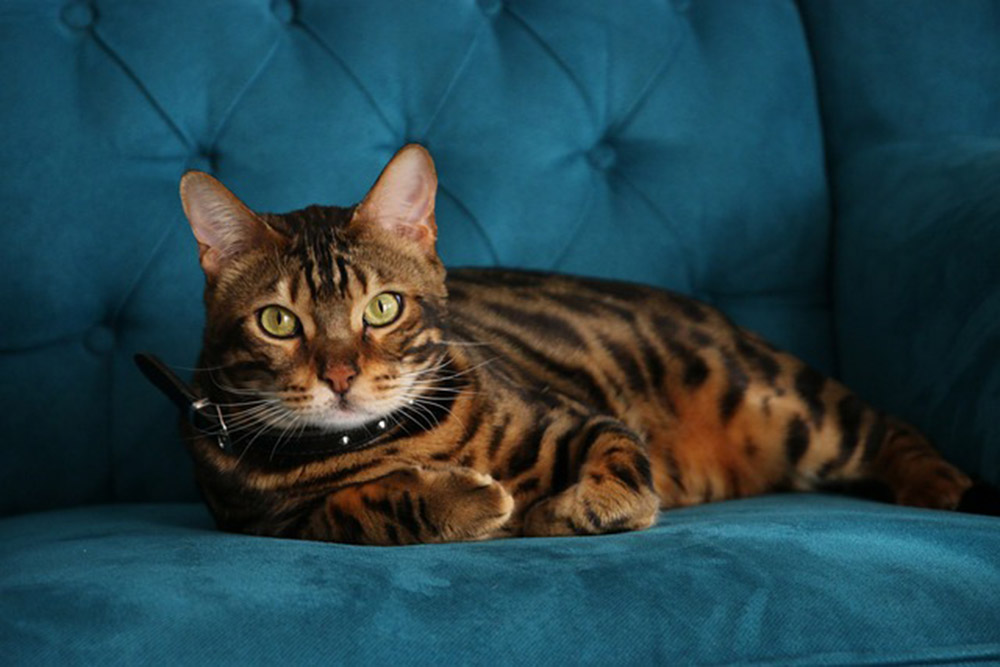
2. Owning a Bengal Cat Is Prohibited or Restricted in Many States
If you’re considering purchasing a Brown Bengal cat from a breeder, it’s essential to ensure that it’s legal to own one in your area. While you can own one in most of the United States, some regions have banned them.
You can only own a Bengal cat at least five generations removed from the Asian Leopard cat. At the moment, you can’t own a Bengal in Hawaii, Seattle, Connecticut, or New York City. If you decide to purchase a Bengal cat as a pet in Georgia, Alaska, Iowa, Colorado, California, Delaware, or even Indiana, you have to have a special permit.
3. Bengal Cats Love Water
Believe it or not, unlike almost every other cat breed, the Bengal loves water. Breeders believe that the Bengal got this trait from the Asian Leopard cat, which fishes for its food.
While this is fun to watch, it’s essential to keep an eye on any fish tanks you have around in your home because the cat isn’t afraid to dunk its paw in the water.
4. Bengal Cats Used to Be Called Safari Cats
Many cat lovers don’t know that Bengal cats were once called Safari Cats. Their name wasn’t changed until the 1970s.
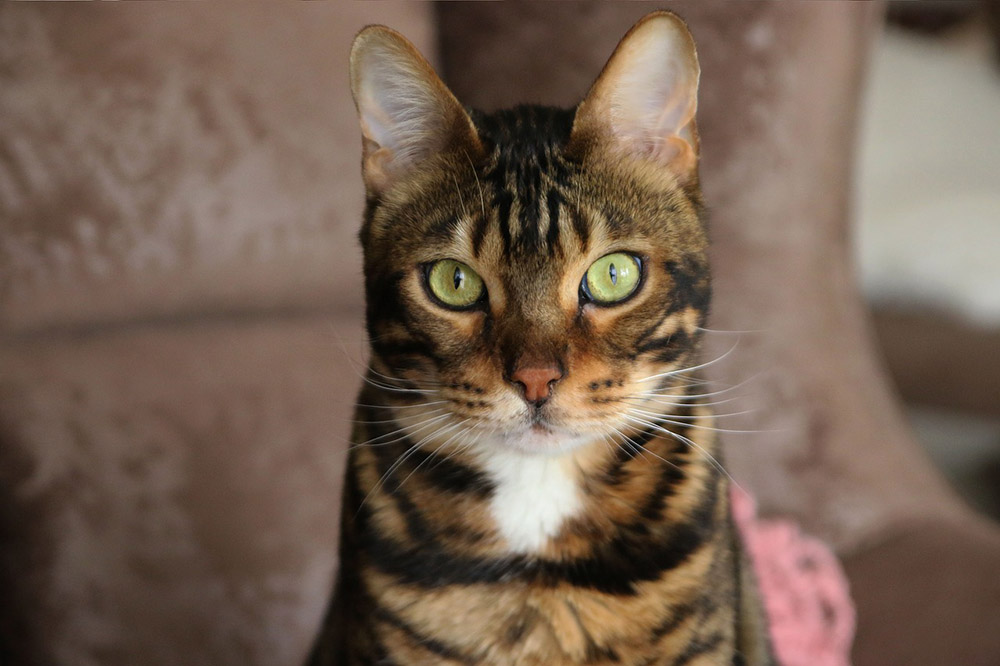
5. Bengal Cats Don’t Have a Normal Meow
Bengals don’t have a cat’s typical meow. Instead, their meow is more of a raspy noise that sounds almost like a dog’s bark.
Now that you know everything there is to know, we’ll discuss whether the Bengal cat makes a good pet.

Does the Brown Bengal Cat Make a Good Pet?
Brown Bengals are excellent pets if they’ve been socialized and trained since they were kittens. They’re not lap cats but are active felines that require physical and mental stimulation to be happy. Bengals are very social and dislike being left alone. They’re ideal for active families who take their pets with them on vacations.
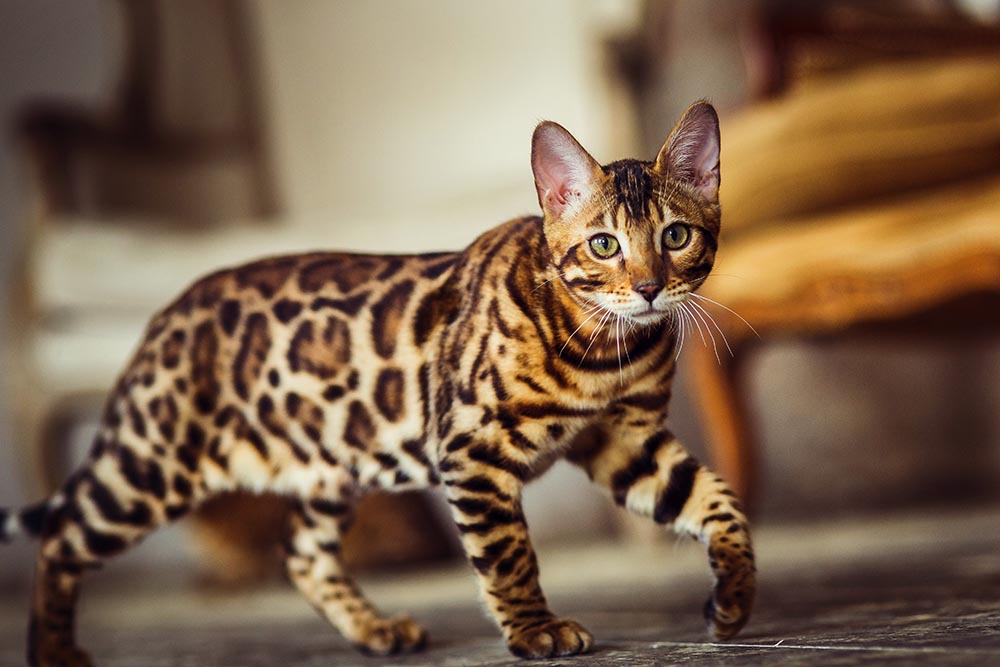

Final Thoughts
The Brown Bengal Cat Breed is a remarkable animal that will love and amuse you for several years. With any breed of cat, never purchase one from a breeder who refuses to show you their facilities and sanitary practices. Because Bengals are in high demand, some careless breeders have taken advantage of the trend without prioritizing the cats’ health.
Featured Image Credit By: Seregraff, Shutterstock

